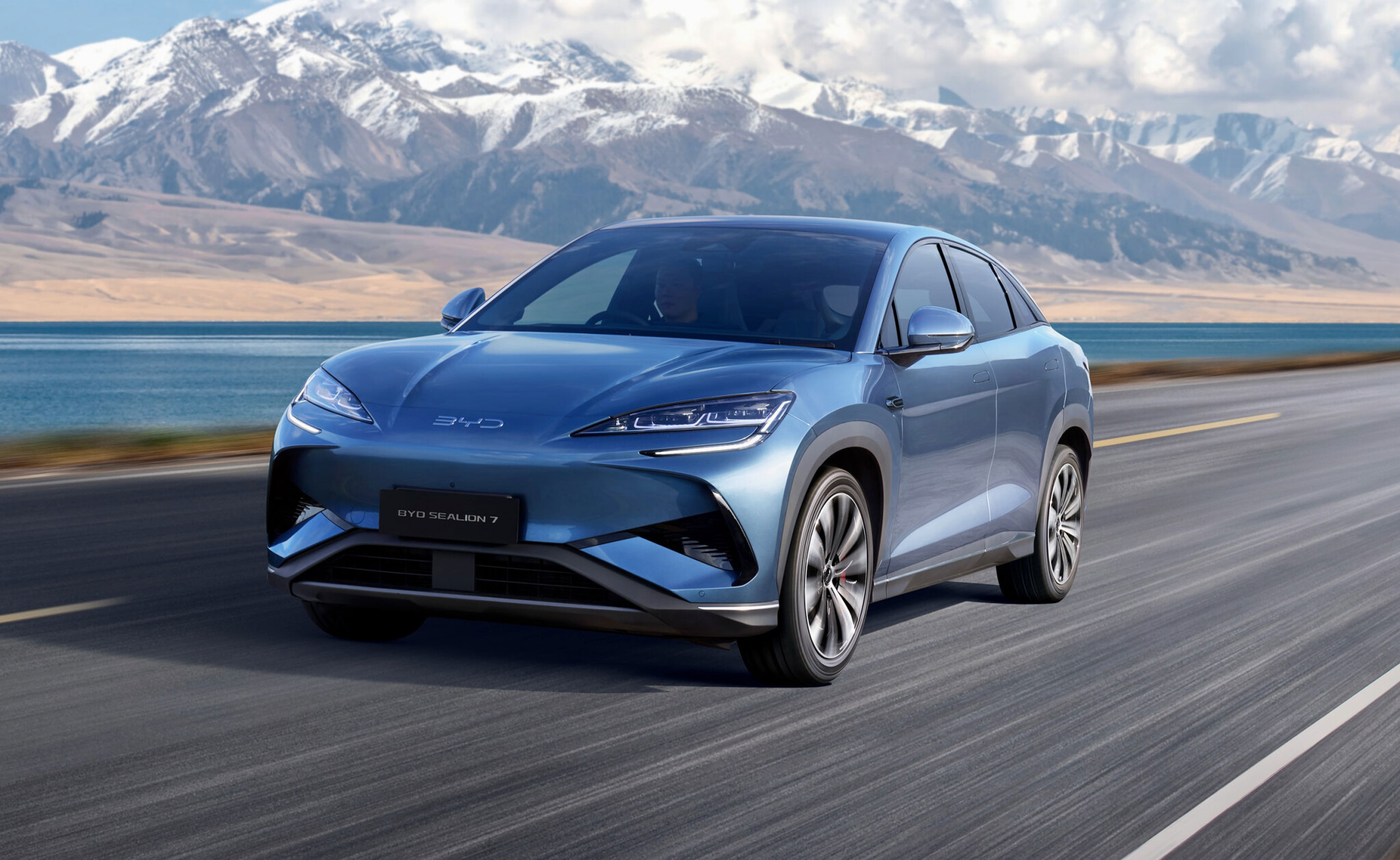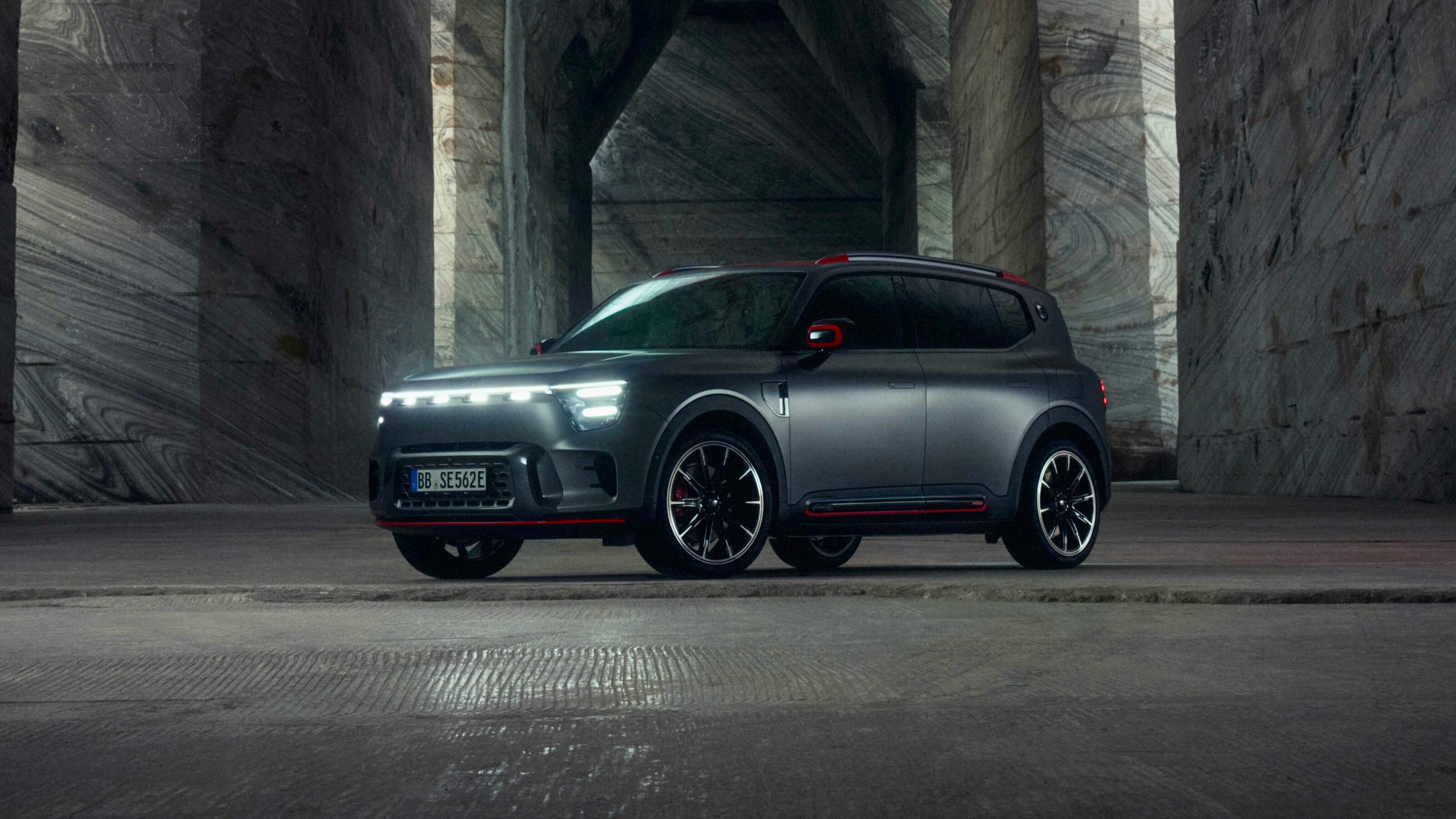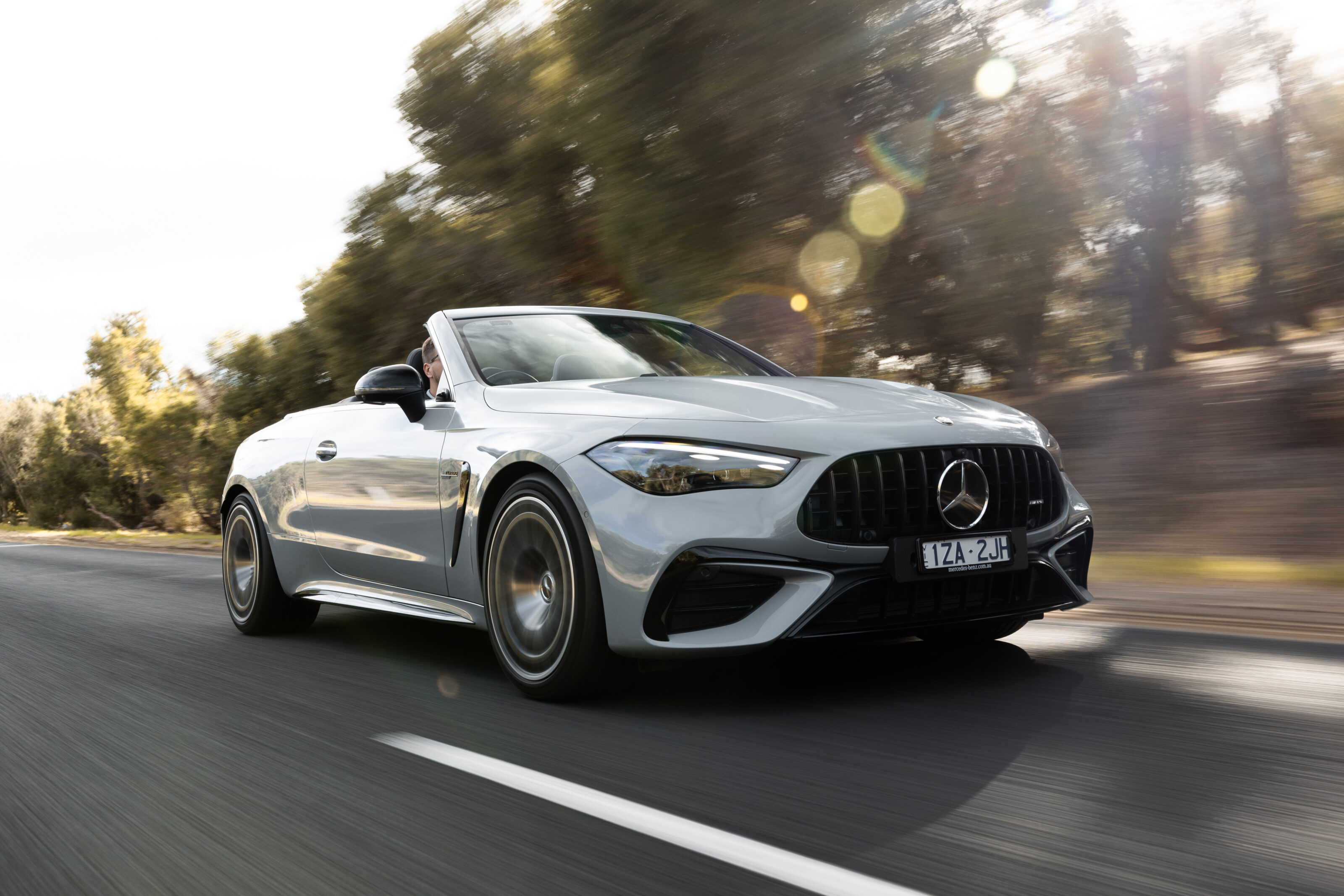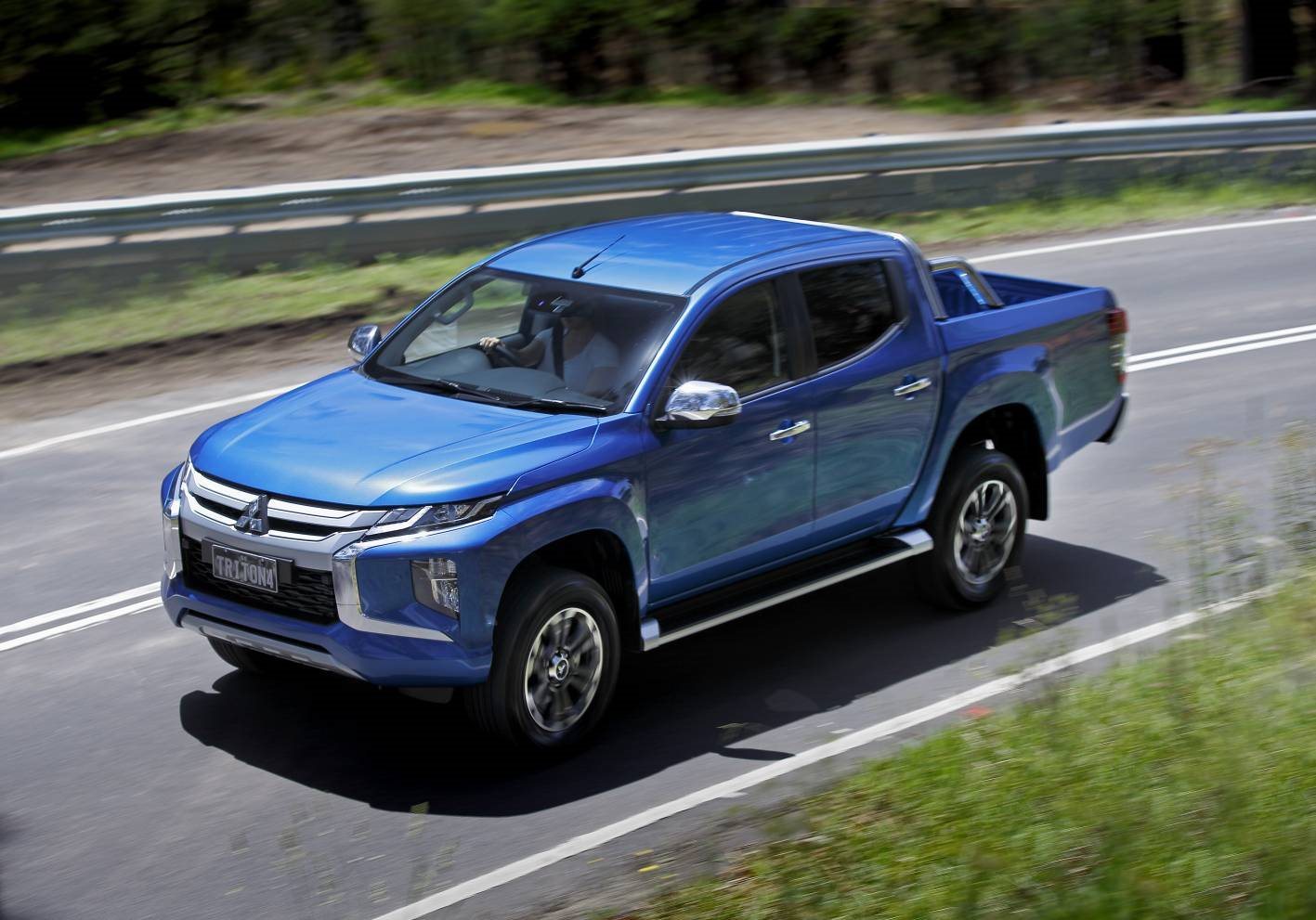
There’s no other automotive market in the world that loves dual-cab pick-ups – utes to you and I – quite as much as we do here in Australia.
Despite our largely citified population, the dual-cab ute is not only the best-selling car every month, it’s usually Australia’s second favourite as well.
Over the last decades, the crew-cab utility has morphed from mining staple and farming implement to main street cruiser, resplendent in leather upholstery, 22-inch alloy rims and high-polish sports bars… and buyers can’t get enough of them.
However, this popularity – while welcomed at the dealer end of the car sales equation – creates somewhat of a headache for the car companies themselves.
Here’s how all the mainstream brands (and some others) are rising to the challenge and meeting our demand for the beloved ute.

Dollars and sense
Simply put, no one else in the world loves the mid-sized ute as much as we do. Sure, Americans love their utes, but they prefer theirs in size XL.
And such is the population of the States – 350 million and counting – building at scale is a lot easier.
But building for our million-car market? It’s a different equation altogether.
Australians love utes including Volkswagen’s Amarok, but it’s easy to see why it’s hard for the German car giant to invest significant development cash in a car that sells as many of the one-tonne utes worldwide each year as it does Golfs in a week.
The Toyota Hilux is another case in point – it’s a dead set rock star here, but virtually unknown in any other market around the world, other than Asia.
And it’s only because of lucrative markets like Indonesia and Thailand (and in the case of the Ford Ranger, the US) that the dual-cab ute continues to be so widely available locally.

When it comes to selling a car, quantity is key. Quantity allows a company to reduce the cost per unit on every one it sells, because buying more bits for that car – wiper motors, interior trim clips, battery cables, bonnet latches and so on – means it can get a better deal on those parts.
On the other hand, if it needs to develop new parts for a new car, that part also needs to pay its way within the company.
Look at the Hilux’s 2.8-litre four-cylinder turbo diesel engine, for example – introduced with the latest ‘Lux, it’s now used in everything from Fortuners to Prados to the Hiace commercial van. Why? Because it reduces the cost-per-unit price of that engine every time one rolls off the production line.
There is another major expense in the car building cycle, and that’s the base, or the ‘platform’ of the car, where the engine, gearbox, suspension and body are all married together.
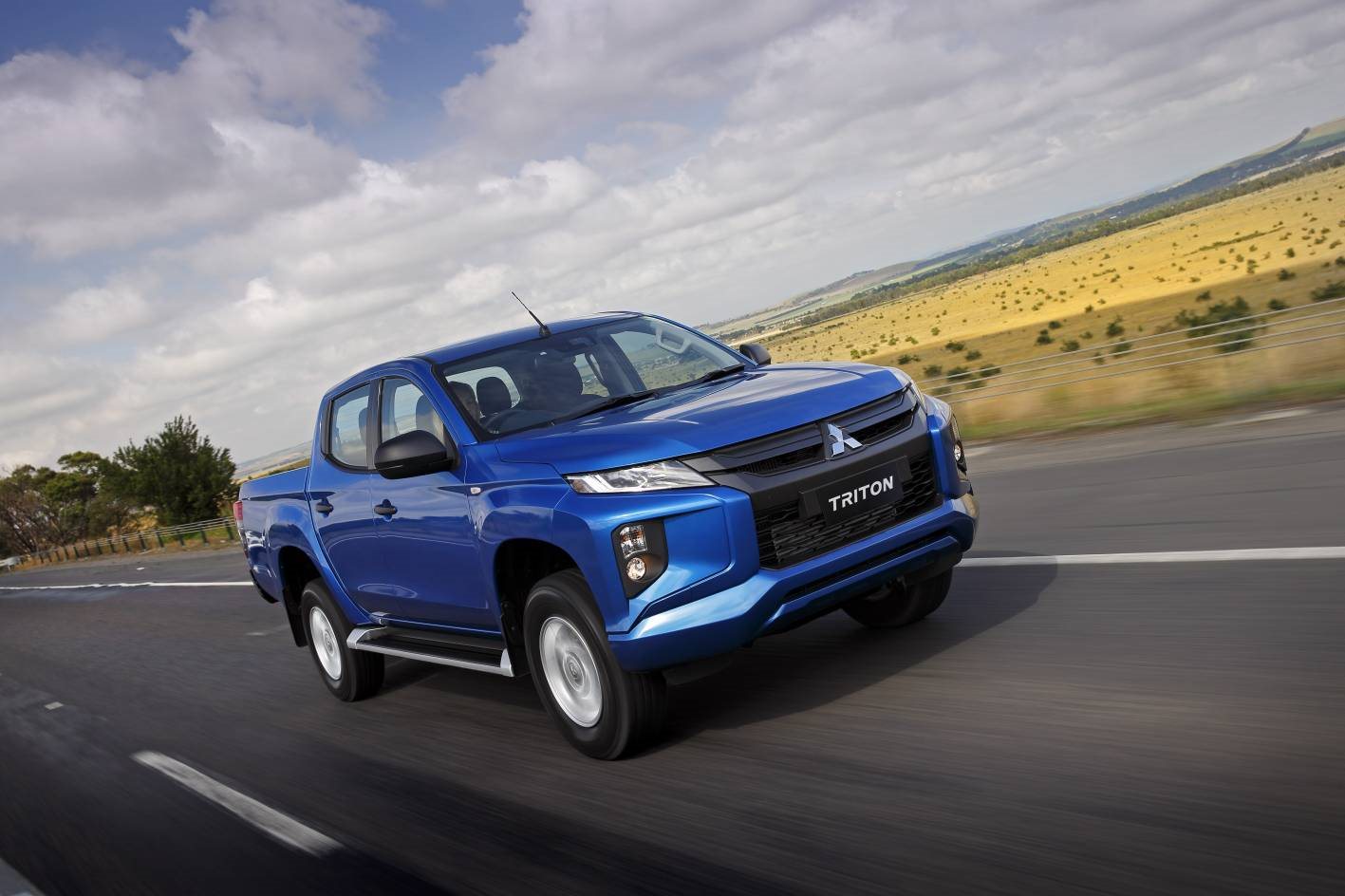
Most passenger cars and SUVs share a single platform structure that can be stretched or squashed to suit different sized-cars.
VW’s MLB platform, for example, can be used under the medium-sized Passat passenger car, but can also be found underneath the monstrous seven-seat Atlas SUV in the US.
So that means that the platform cost is low per car, no matter what’s plonked on top of it.
So what does this have to do with utes?
Car companies want to sell you a car, and ideally the car that you really want. Aussies want utes, not small hatchbacks, so trying to get everyone into a Yaris or Mirage just isn’t going to work.
The dual-cab is the flavour of the month, but as we’ve discovered, the relatively small volume of utes sold here can make them expensive. There is a solution, though – platform sharing.
Car companies using other people’s technology and hardware is nothing new. Tesla has previously ‘open-sourced’ it patents and, long before that, Henry Ford used to invite engineers from other countries to walk through his production lines in Detroit in order to fast-forward the notion of assembly-line manufacturing.
Most car companies also buy the same components from large suppliers like Continental and Bosch, so the brake light fuse in your Camry is probably the same as the one in your neighbour’s Mazda 6.
When it comes to utes, though, the idea is taken one step further, and a single project can be shared across two – or even more – separate companies.
Let’s take a look at a few modern examples of current collabs, future hook-ups and those relationships that just didn’t work out.
Ford and Mazda
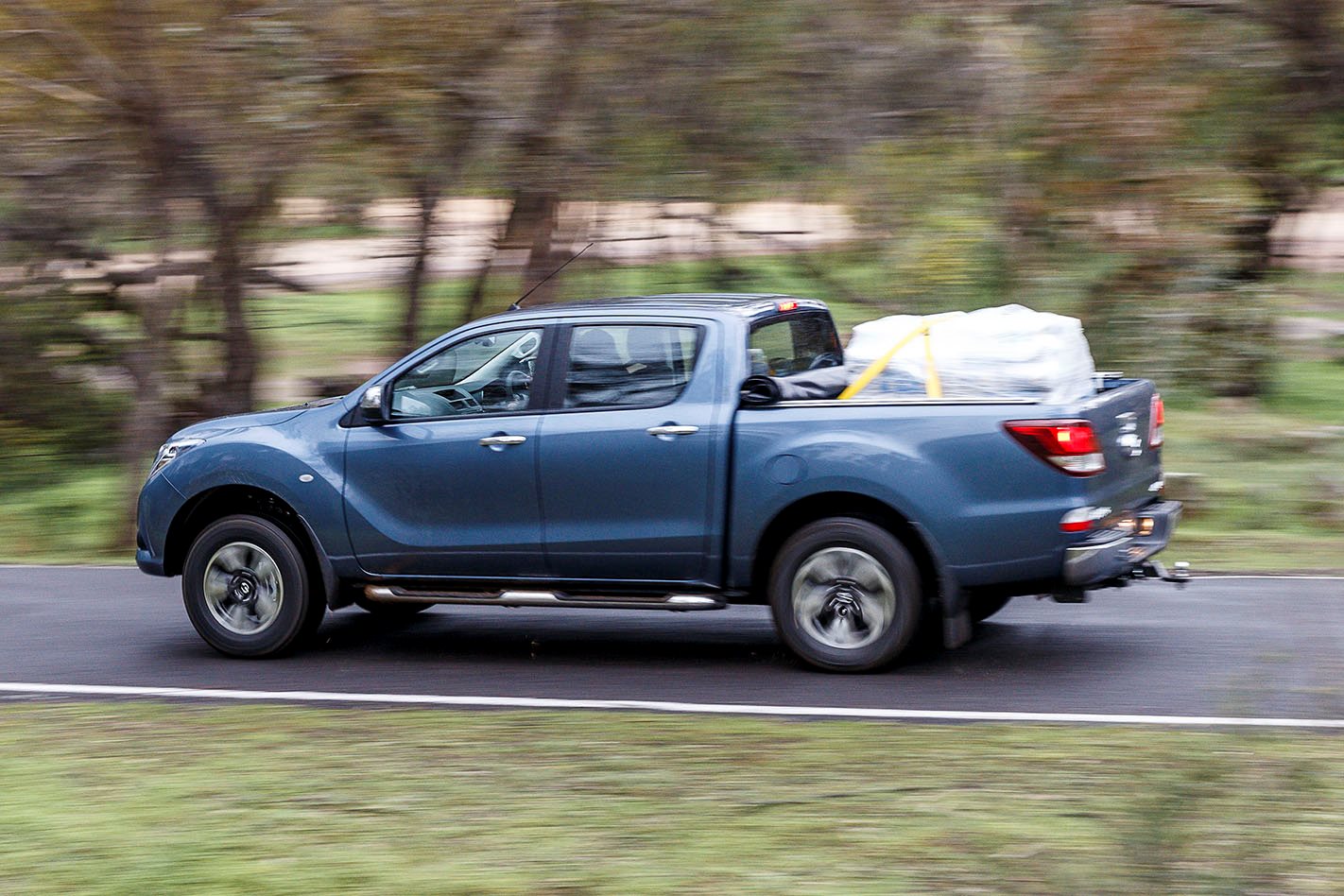
This was a great example of a smaller company using the resources of a larger one to create a market-relevant car.
Scratch the surface of the Mazda BT-50 and you’ll quickly find a Ford Ranger. Wearing a largely bespoke body designed by Ford in Australia, the BT-50 serves Mazda well both here and in Asia as a stand-alone dual-cab ute and single-cab tradie style work hack.
Mazda had dabbled in its own commercial stuff in the 1970s and ’80s, but its small size compared to Ford meant it was a smarter play to team up with the Blue Oval.
Since the fraternal twins launched side by side, however, Ford continued to develop the Ranger with revised suspension, new safety technology, interior revision, a five-cylinder engine update and a new four-cylinder.
The Mazda, by comparison, remains largely unchanged as it nears the end of its commercial life.
Mazda and Isuzu
However, the next BT-50 we will see will not be produced in collaboration with Ford, with the deal between the two companies ending in 2015.
Instead, Mazda rekindled an old flame with fellow Japanese company Isuzu, who will supply Mazda with its new D-Max imminently.
Isuzu officials are on record as saying the new deal is ‘supply only’, which means the new BT-50 is likely to look very much the same as the forthcoming D-Max (below).
This also means that engines, gearboxes, safety tech and equipment levels will be common to both brands.
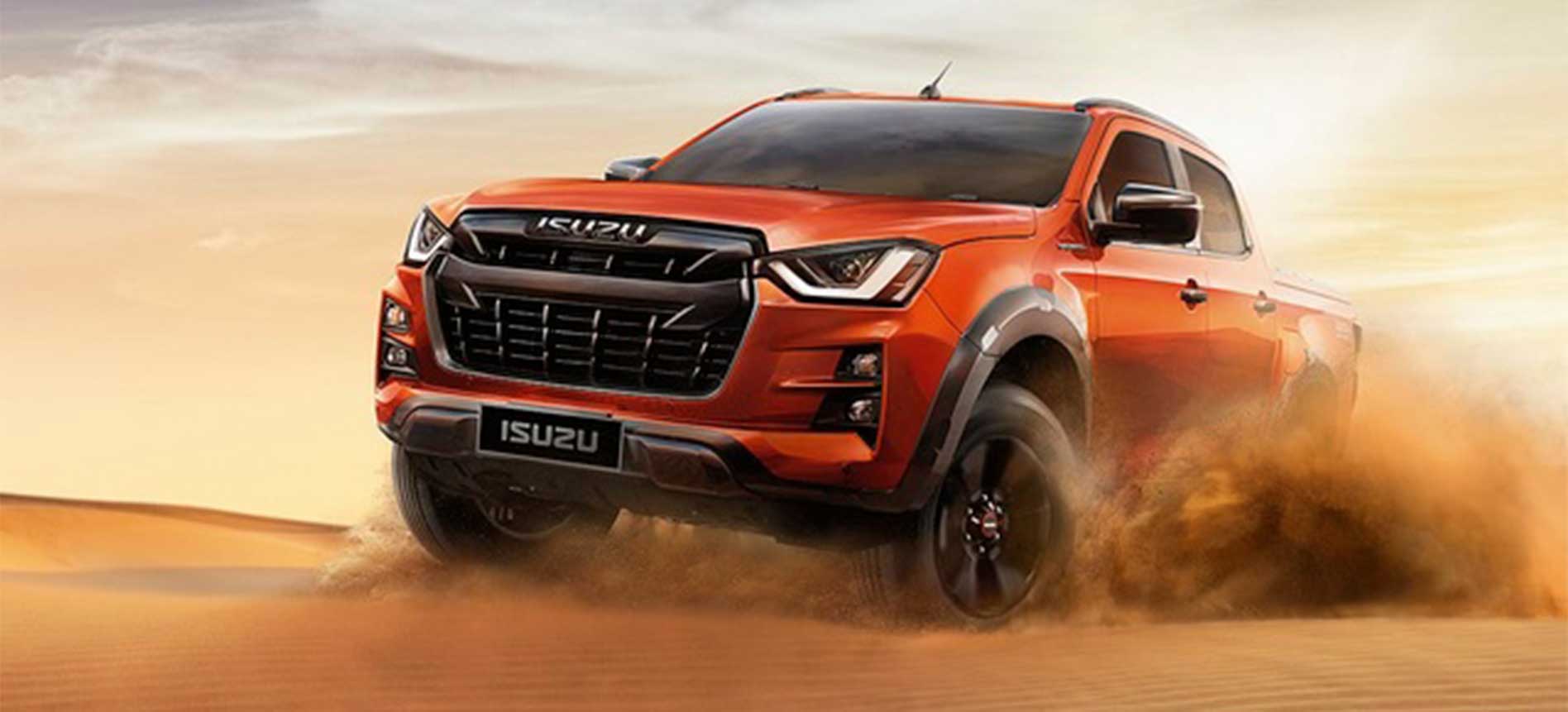
This is undoubtedly a move designed to keep the price of the BT-50 in check in an increasingly crowded and competitive dual-cab space.
Nissan and Mercedes-Benz
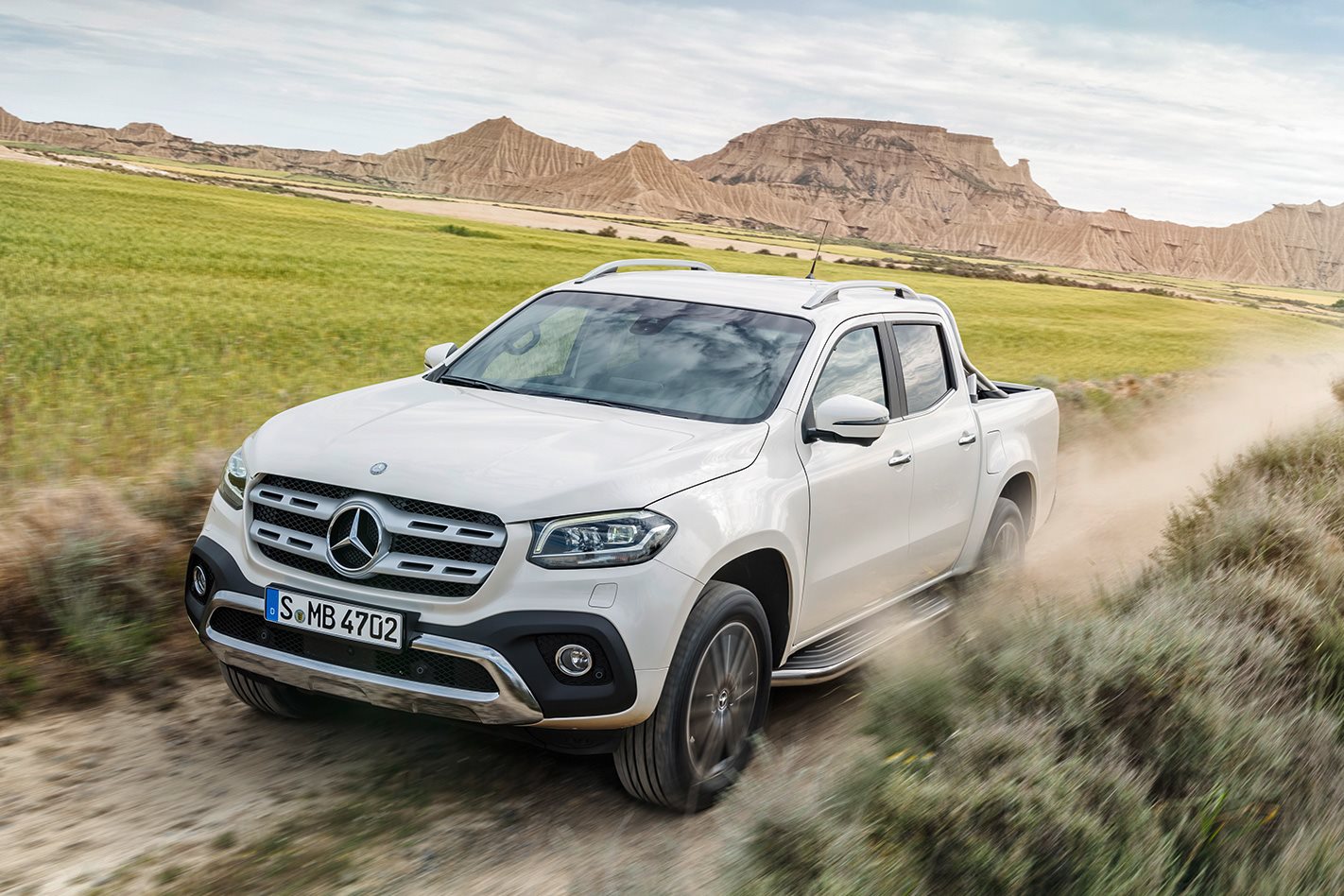
When the current Nissan Navara was in development in the early part of this decade, plans were already being formed between Nissan and Mercedes-Benz to allow the German company to access the Navara platform for a ute of its own.
It was a gamble, given the market position of both companies, but it was a way for Merc to dip its toe into the dual-cab market not just in Australia, but in other territories such as South Africa and South America.
Sadly, the experiment didn’t work. The coil-sprung Navara dual-cab has been a bit of a problem child, with three revisions and counting to make it handle more favourably.
Merc’s pricing structure too, pushed its X-Class ute over the mythical $80,000 barrier.
The program was culled early in 2020, with production winding up in May and leaving egg on the faces of industry executives in both Europe and Japan.
It’s also put more pressure on the lack of sales success of the Navara, given that its original costings would have included quite a few more X-Class sales.
Nissan and Mitsubishi
As the Renault-Nissan-Mitsubishi Alliance reels under the weight of mounting debts, fleeing CEOs and inter-brand squabbling, plans have firmed for at least two of the members to play nice and build a new dual-cab pick-up together – though there is still conjecture about how it will actually work.
At this stage, it seems that the platform will be developed and built by Mitsubishi, which has a running start on the build of its sixth-generation Triton.
Its powertrain, however, is more than likely going to come from the Nissan camp. Its YS23 2.3-litre four-cylinder diesel engine is much younger than the 2.4-litre Mitsubishi unit, and it’s also available in both single- and twin-turbo configurations.
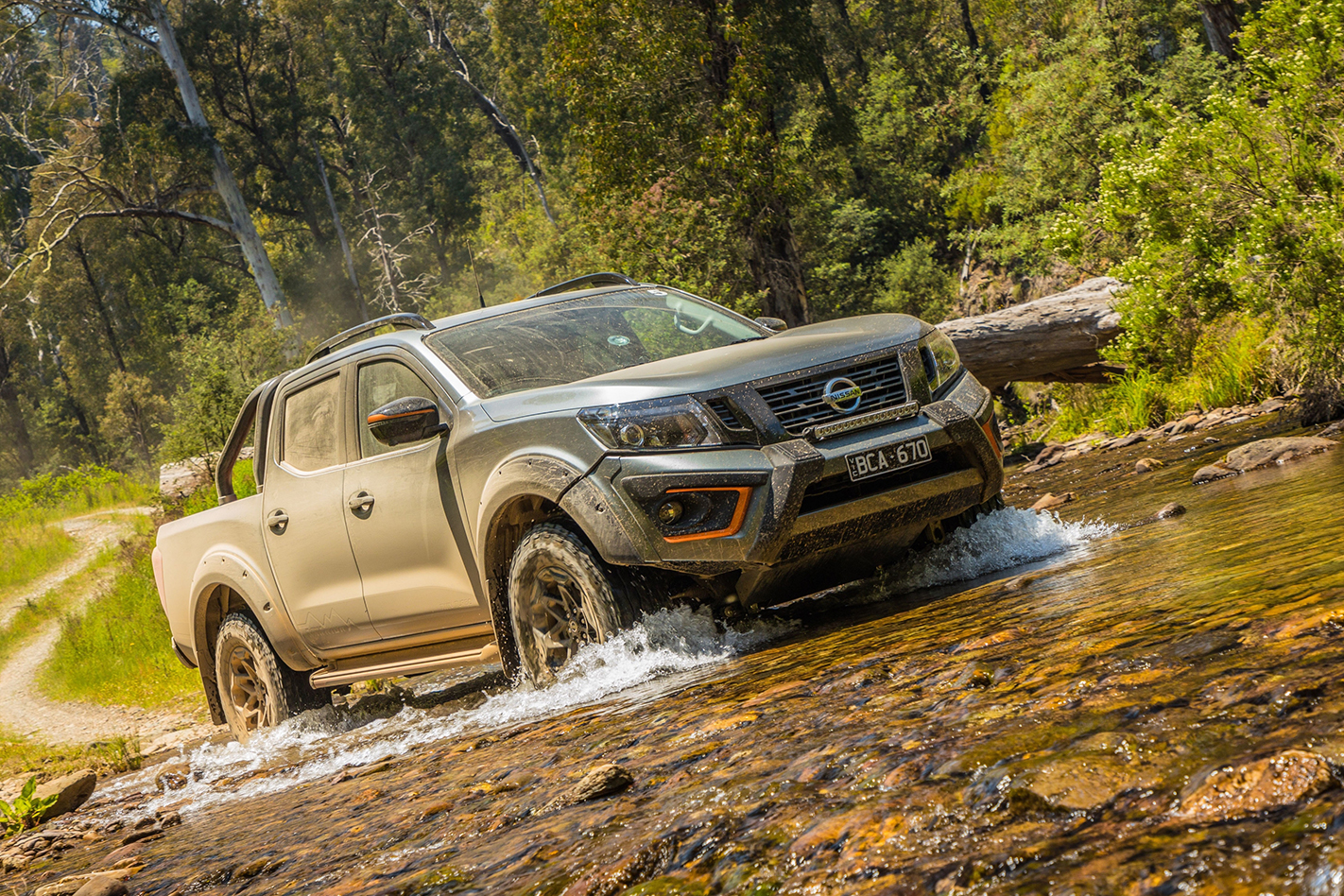
Despite conjecture that the next Nissan Navara will merely be a rebadged Mitsubishi Triton, the truth lies somewhere in between.
Nissan insists it will retain a sense of “Nissan-ness” in the words of its CEO Makoto Uchida, but stern measures to rein in costs and to stem the tide of red ink across its worldwide operations may see that sense of identity reduced to merely front and rear bumper makeovers…
Kia and Hyundai
They’re not here yet, but they’re certainly coming – and the ‘frenemy’ relationship between the two siblings will result in a keenly priced product with the benefit of a lot of hindsight.
Dual-cab pick-ups have never figured into Hyundai’s plans because its success with sedans and small commercial vehicles in its home market meant that there’s no history of utes in the Hyundai lineage.
It’s a similar story for sister brand Kia, but both companies have been pestering HQ for a ute program for a long time now. And the persistence will – eventually – pay off.
Hyundai confirmed the existence of its dual cab ute to WhichCar late last year, while we rendered up what a Kia dual-cab ute might look like.

Expect to see a shared platform between the two, along with dual-cab bodyshell that shares its biggest body-in-white parts.
From there, though, both companies will tread their own paths with powertrains and specifications – though there will be a lot of parts-bin specials to ensure costs are kept under control.
We have a good idea of what the plans being fed into Seoul looked like, and we reckon the Hyundai/Kia double act will shake the dual-cab ute market to its core when their respective cars touch down in Australia.
Volkswagen and Ford
This is an interesting one. Volkswagen hovers between being the world’s biggest and second-biggest carmaker, dwarfing Ford in sales and size… but the German giant has signed a deal to use the Blue Oval’s next-generation Ranger as the basis of a new-generation VW Amarok ute.
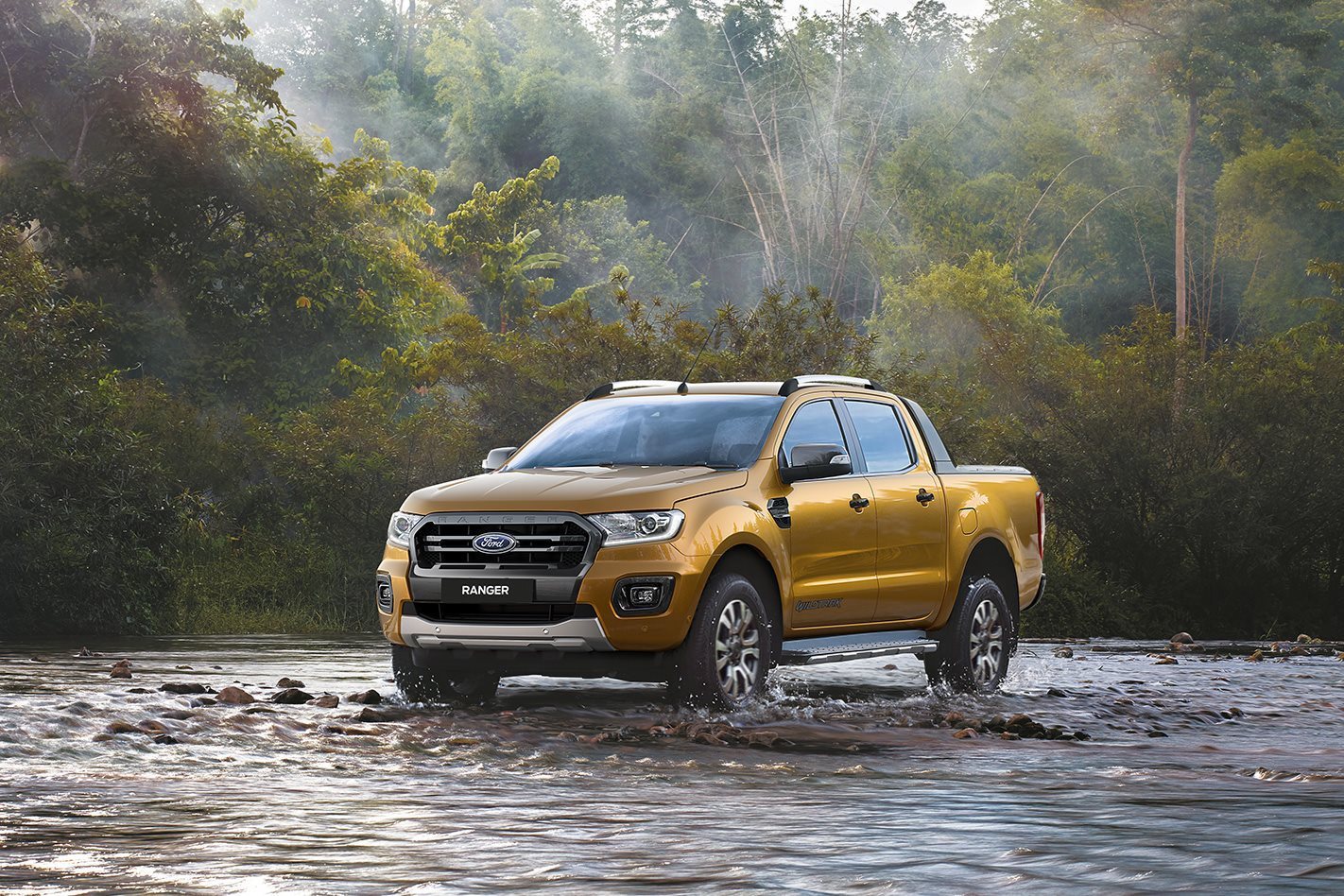
The Amarok has never really sat comfortably within the VW line-up globally, with its relative success in Australia coming as a surprise to VW HQ. While Volkswagen has a line of commercial products including the Crafter van, the Amarok sits just outside that stable.
Partnering with Ford means that VW won’t have to spend mountains of cash to design a new platform for a ute that can handle all the electronic aids and passive safety gear that Aussie customers – and worldwide safety bodies – have come to expect from dual-cab utes.
As well, Ford is selling the Australian-designed T6 Ranger into the US, so the next generation will most certainly offer a left-hand-drive option, making the process of adding the Amarok to dealerships in the US, Europe and even China a whole lot easier.
Holden and Isuzu
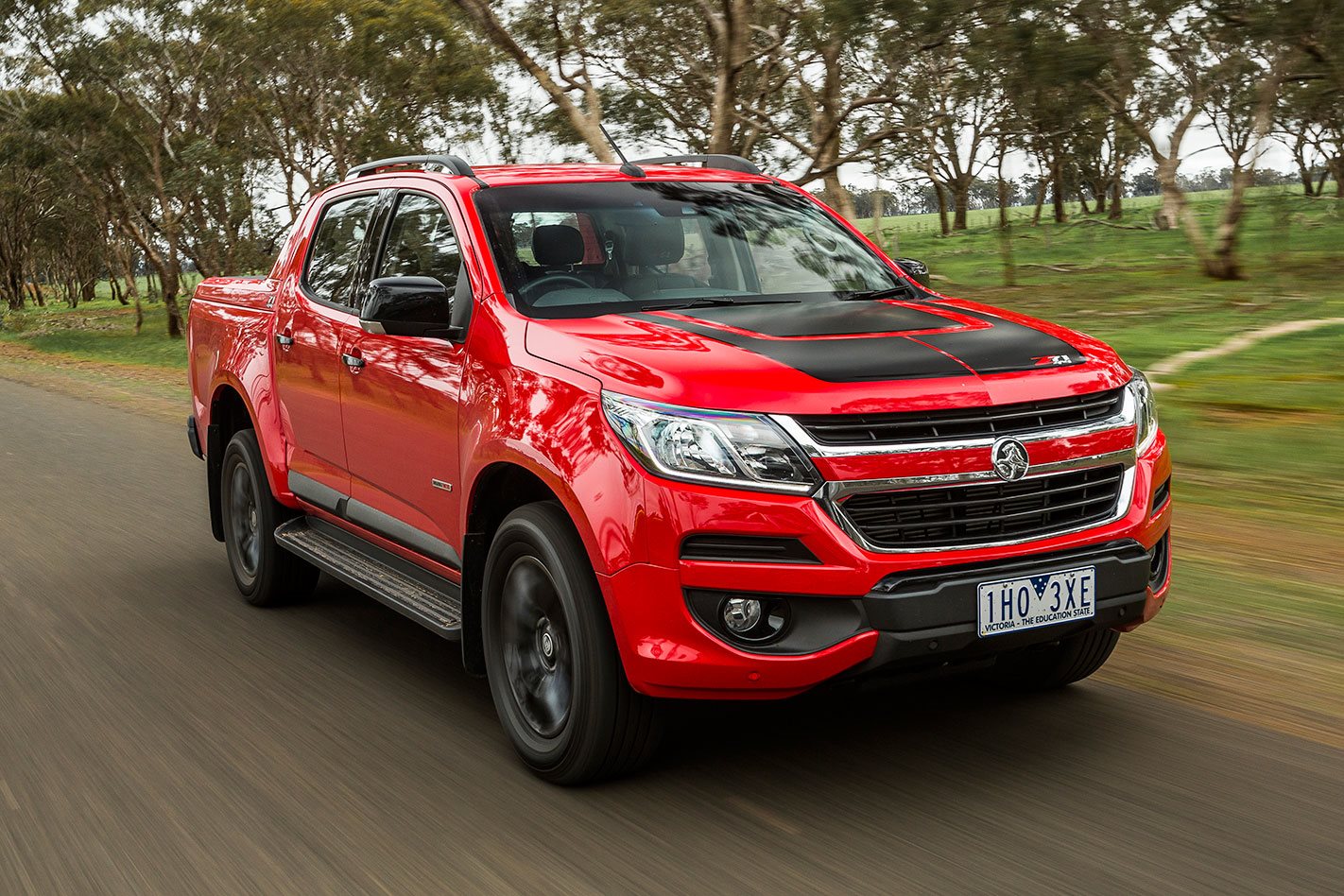
The two companies collaborated in the late 1990s and early 2000s on what became known as the Holden Rodeo here in Australia. The two companies worked together until 2008, when Isuzu created its own company locally to sell the ute as the Isuzu D-Max.
Holden rebranded its ute the Colorado, and while the two companies no longer work together, the current Colorado still shares a lot of its DNA with the D-Max, though it’s been substantially redeveloped since then.
Unfortunately, the local development work done on the Colorado all came to naught, after GM pulled the pin on the Holden brand in Australia.
The Colorado itself also passed into history at least in right-hand-drive form, after GM sold off the Thai factory where it was made and ceased sales into Thailand and Asia, where it was branded as a Chevrolet (below).
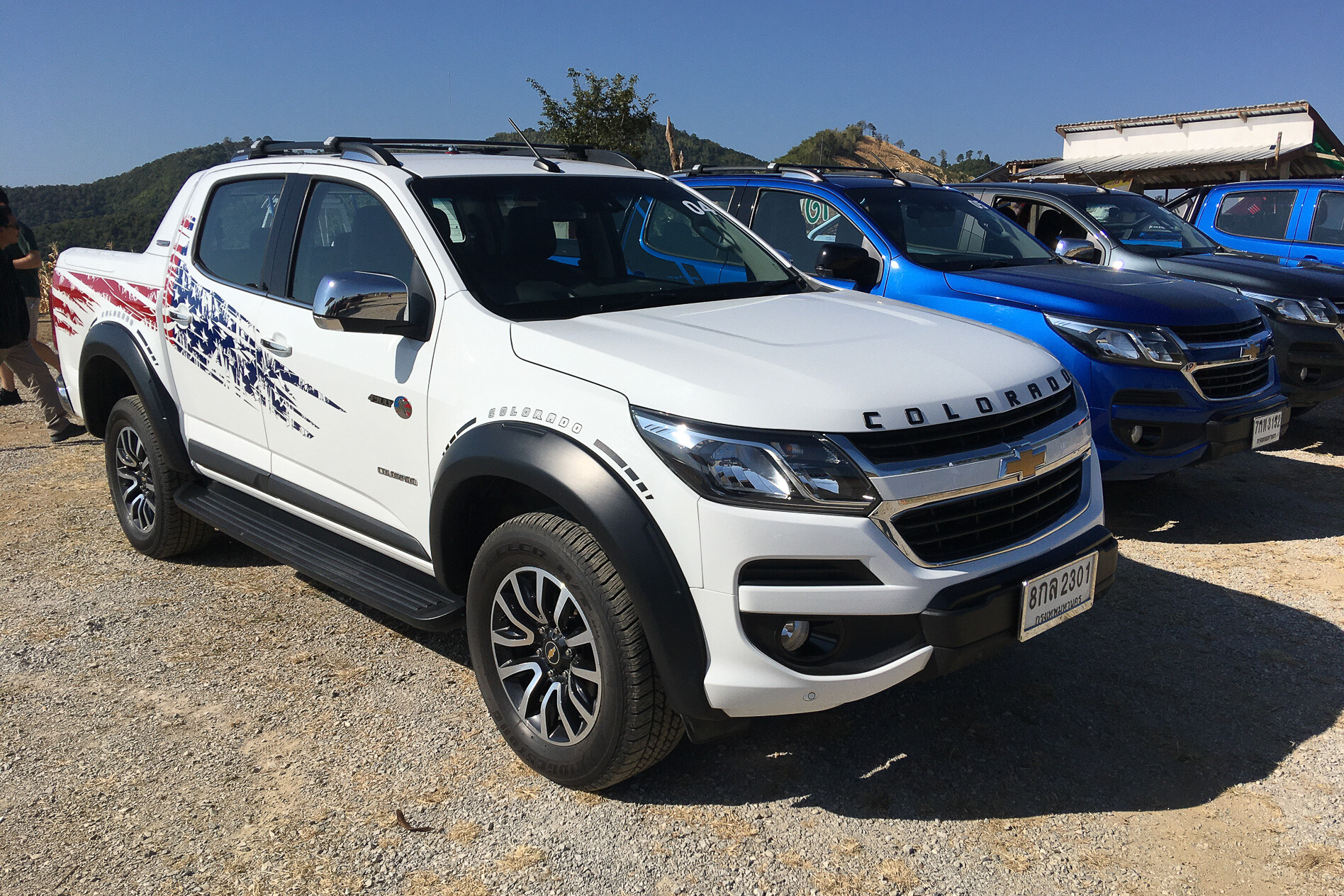
With bespoke sheet metal on the outside, individual bundles of technology and, of course, unique badging, you may not ever know just how much one ute model has in common with another.
The important thing is that continued manufacturer collaborations will safeguard the flow of new utes and lots of choice for our insatiable one-tonne market.

